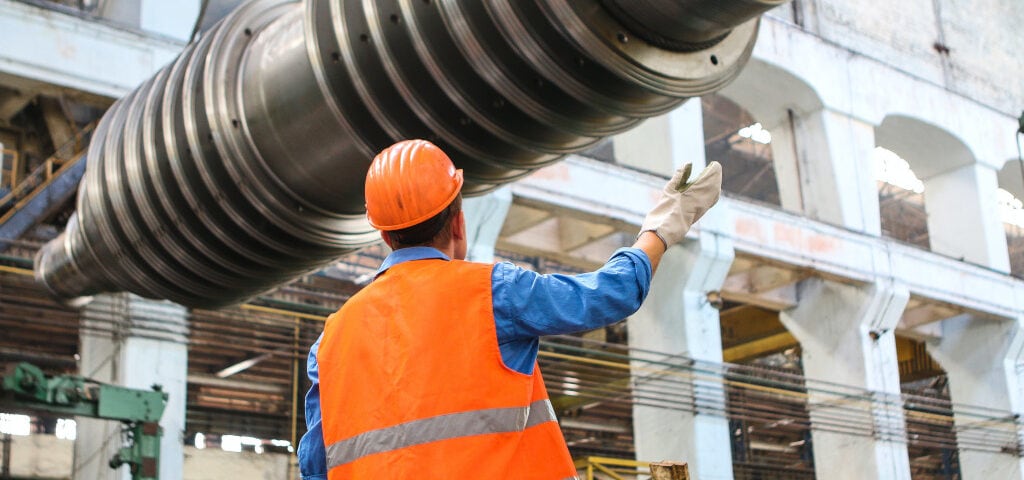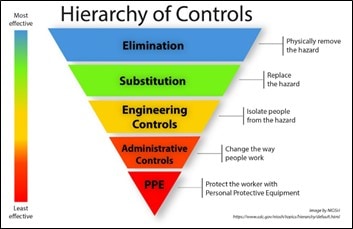
How Can Innovation Improve Health, Safety and Wellbeing in the Construction Sector
28 of November of 2022
During the last decades, and especially during the last ten or fifteen years, we have been witnessed to a great penetration of all types of disruptive technologies in a wide and diverse range of sectors; from logistics to biomedicine, from home automation to telecommunications, from agriculture to mobility. However, what about the construction sector? If we compare two pictures of workers, one from a current construction site and one from twenty years ago, do they really look very different?
Why Is It Important to Innovate in the Construction Sector?
It is not that innovation has not reached construction during the last years, but its impact has been relatively limited. For instance, important progress has been reached in tunneling construction regarding geotechnical monitoring or powerful boring machines, or in ground data acquisition with the use of Lidar technologies. However, if we focused on Health, Safety and Wellbeing, we must admit that the workers from the abovementioned two pictures do not look very different at all. They will probably wear similar helmets, safety vests and safety boots and they carry out very similar tasks with almost, if not the same, machinery.
Of course, the picture varies from one geography to another and from types of construction sites to others, but still has to be considered as an urgent matter that the sector should address. The relevant key players of the sector should (and a lot of them are already doing it) make efforts to push the sector towards its transformation.
Innovation as a Booster for the Most Effective Solutions
To better understand how innovation, through new technologies, can help improve Health, Safety and Wellbeing in construction it is first worth it to remark the NIOSH’s (The National Institute for Occupational Safety and Health) Hierarchy of Controls scheme:

The interesting point about the new disruptive technologies that are arising is that most of them are able to provide solutions that are included within the top area of the pyramid, that is to say, Engineering Controls, Substitution and Elimination.
Existing solutions included within the Engineering Controls level range from systems to warn both a machine operator and a worker that is working close to the machine of the danger situation, inclinometers in machinery to limit the risk of overturning or devices that monitor some physical parameters of a worker in order to control his fatigue at work. A good example for the Substitution level is the important development of the prefabricated solutions for a wide range of applications, avoiding the risks associated to concrete pouring. At an Elimination level, is just overwhelming the potential that the robotics development in the last few years has in a wide range of applications from structures inspection in places with difficult access to simply substituting the machine operators by self-drived machinery. In summary, using robots to perform dangerous tasks that are currently being carried out by humans.
Promoting a Cultural and Behavioral Change
All the previous being said, we must not forget that no matter the technology implemented all of them must point out in the mid-long term to a cultural and behavioral change which is what provides the most permanent cost-effective results both for the company and the employees’ Health, Safety and Wellbeing. In other words, that means adding an additional step on top of the hierarchy of controls.
The previous is not easy at all. Changing the way people work and think, making them aware of the benefits of adopting a new way of doing things (or the risks of keep doing things in the same classic way) or modifying habits that have been there for years is one of the main challenges the construction sector faces in the next years.
Anyway, no matter how tough the challenge may be, what is clear is that the close collaboration between the key players of the sector is essential to ensure that innovation helps makes construction safer and healthier.




There are no comments yet